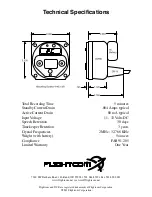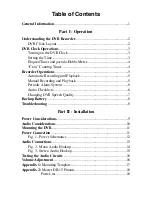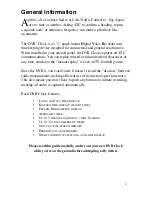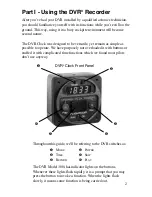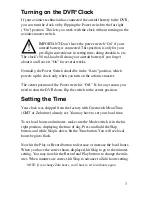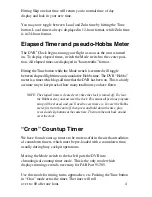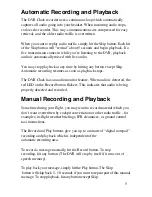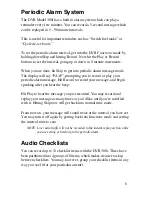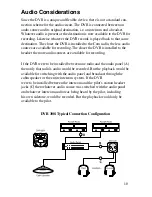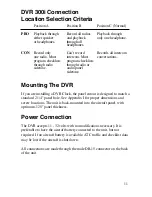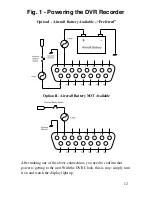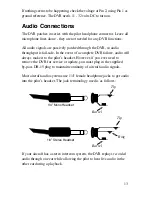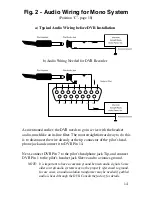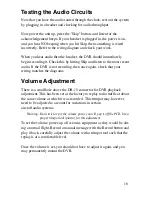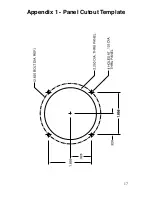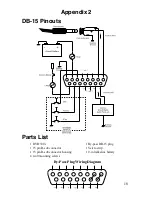
9
Part II - Installation
Power Considerations
The ideal installation for the DVR
®
is to have both an Avionics Master
power source and a “keep alive” battery voltage source (remember that the
9 volt back up battery will only keep the speech memory alive for about two
months - see page 8). Both supplies must be fused or have an in line break-
er. If only the “keep alive” voltage is available and an additional switched
source is not, then the pilot will need to manually turn the DVR on and off
at the unit. Here are a few things to consider before planning the power con-
nections and estimating the time required to install it:
Is the existing clock a windup? (If replacing a clock with the DVR
®
300i.)
Yes
This could mean that there is no accessible power for the DVR,
and power wires from the battery and or the breaker panel will
need to be connected.
No
This means there is probably at least one source of power
for the DVR. It still may be necessary to run a power
wire from the battery or from the breaker panel.
I
MPORTANT
N
OTICE
Although simple to install, DVR recorders are sophisticated
electronic devices which require careful installation. A qualified
avionics technician is required to complete this work.
Effective July 1, 1994, Flightcom Corporation will not replace
units damaged from installations by unqualified personnel. If
you’re unsure about installation procedures, please seek out an
avionics shop and have the work done there.
!
Be sure to ground yourself by touching something metallic
on the aircraft before handling any of the wires connected
to the unit.


